Tag: Tech Review
-
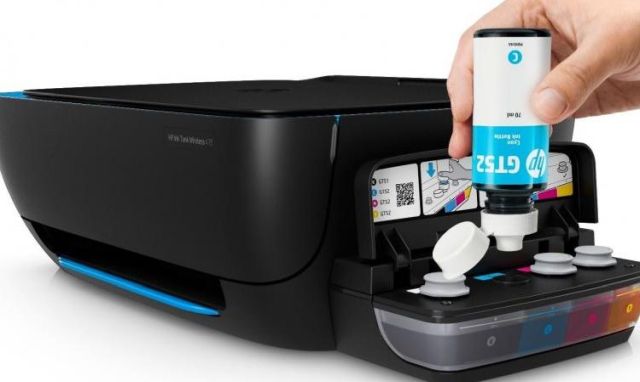
HP Ink Tank 419: Forget ink woes and print at 10 paise per page (Tech Review)
By Nishant Arora, New Delhi : In a society that is increasingly becoming paperless, a home printer is still top on a parent’s mind — both for homework as well as the experiential learning needs of their children. Beyond facilitating homework prints, a consumer-grade printer today has to be a cost-efficient device that is wireless,…
-
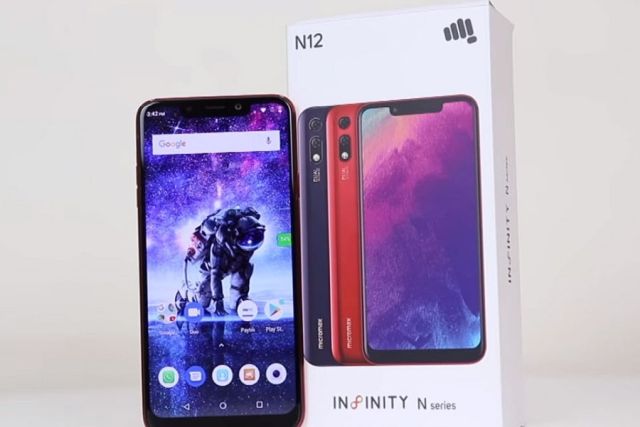
Micromax Infinity N12: Selfie camera shines in this phone (Tech Review)
By Gokul Bhagabati, New Delhi : In a list of top smartphone players in the Indian market for the third quarter of 2018, Micromax made a surprise entry after a long hiatus, once again bringing back the domestic handset player into the spotlight. With a nine per cent share in the overall shipments of smartphones…
-

ASUS ROG Phone: Power-packed beast for gaming enthusiasts (Tech Review)
By Vivek Singh Chauhan, New Delhi : As demands for high-end mobile games continue to rise in the country, Taiwanese electronics major ASUS recently launched its first gaming-centric smartphone under its Republic of Gamers (ROG) brand in India. The company’s flagship device ROG Phone is designed for high-performance mobile gaming and smartphone experience. It was…
-
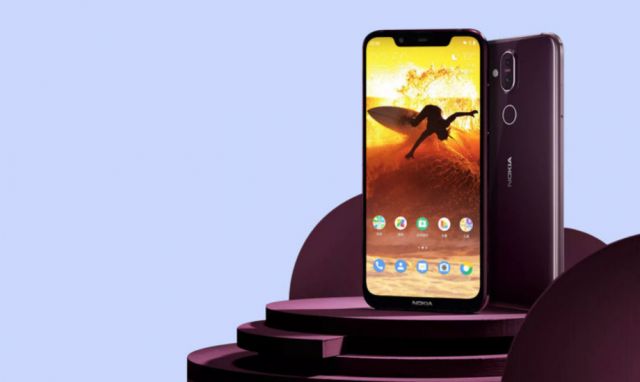
Nokia 8.1: Alluring design, capable hardware in a ‘value flagship’ (Tech Review)
By Krishna SinhaChaudhury, New Delhi : Finnish company HMD Global, which sells Nokia-branded phones, has more or less designed products based on the traditional “Nokia build” that has been received warmly by Indian buyers. The latest Nokia 8.1 smartphone retains the design language that we have been seeing in Nokia devices. Available in India for…
-

Apple iPad Pro (2018): Near-laptop experience on a sturdy tab (Tech Review)
By Nishant Arora, New Delhi : Three years is enough time for a flagship consumer electronics device to don a new avatar and the new Apple iPad Pro (2018) has done just that — it is far superior to the first iPad Pro that came into existence in 2015. (The first iPad arrived eight years…
-

Huawei Mate 20 Pro: Big, beautiful and blazing fast (Tech Review)
By Krishna SinhaChaudhury, New Delhi : Chinese tech giant Huawei has played its biggest bet in India by bringing in its first Mate series smartphone — the Mate 20 Pro — that costs a tad more than Samsung’s latest flagship Galaxy Note 9. Surpassing Apple, Huawei became the second largest smartphone seller in the world,…
-

OPPO A7: Impressive selfie camera, good battery life (Tech Review)
New Delhi : Riding on the success of its latest popular “F” series smartphone — “F9 Pro” — Chinese smartphone maker OPPO recently launched its new offering in the “A” series” — the “A7” — for Rs 16,990 in India. The dual-SIM handset comes with a water-drop notched display, a mammoth 4,230mAh battery, and face-recognition…
-

Samsung Galaxy A9: ‘Fantastic Four’ becomes your true companion (Tech Review)
By Nishant Arora, New Delhi : DJ Koh, President and CEO of IT and Mobile Communications Division, Samsung Electronics, decided to change his strategy for the Indian market this year. After seeing Chinese players getting the upper hand on innovations in the camera department, Koh geared up to alter course. First came the Samsung Galaxy…
-
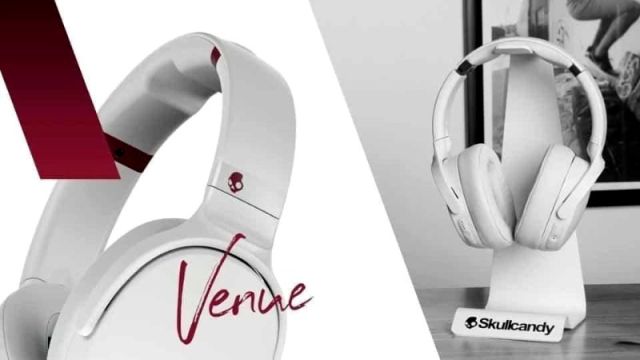
Skullcandy Venue: Value for money, good battery life (Tech Review)
By Krishna SinhaChaudhury, New Delhi : The market has plenty of wireless headphones, but it is only a few brands that actually offer quality music for audiophiles. US-based audio equipment maker Skullcandy Inc, which broke into the market in 2003, recently launched its latest offering, the Venue, in India in the sub-Rs 20,000 segment. The…
-
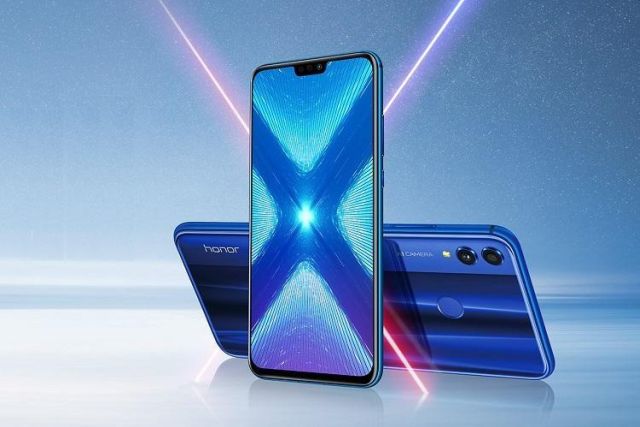
Honor 8X: Premium looks, average camera (Tech Review)
By Krishna SinhaChaudhury, New Delhi : Huawei’s sub-brand Honor has been following an aggressive strategy for the price-conscious Indian market, offering good specifications and internals at a relatively affordable price. Its latest offering, the Honor 8X, comes in three variants — 4GB+64GB, 6GB+64GB and 6GB+128GB — priced Rs 14,999, Rs 16,999 and Rs 18,999, respectively.…